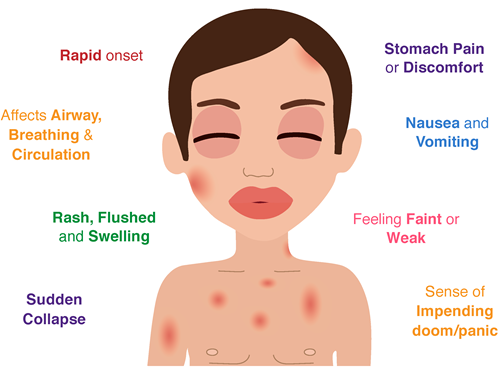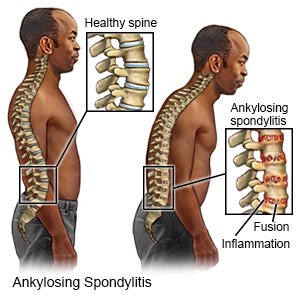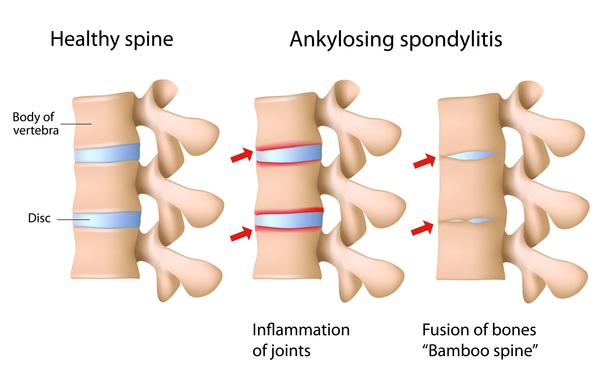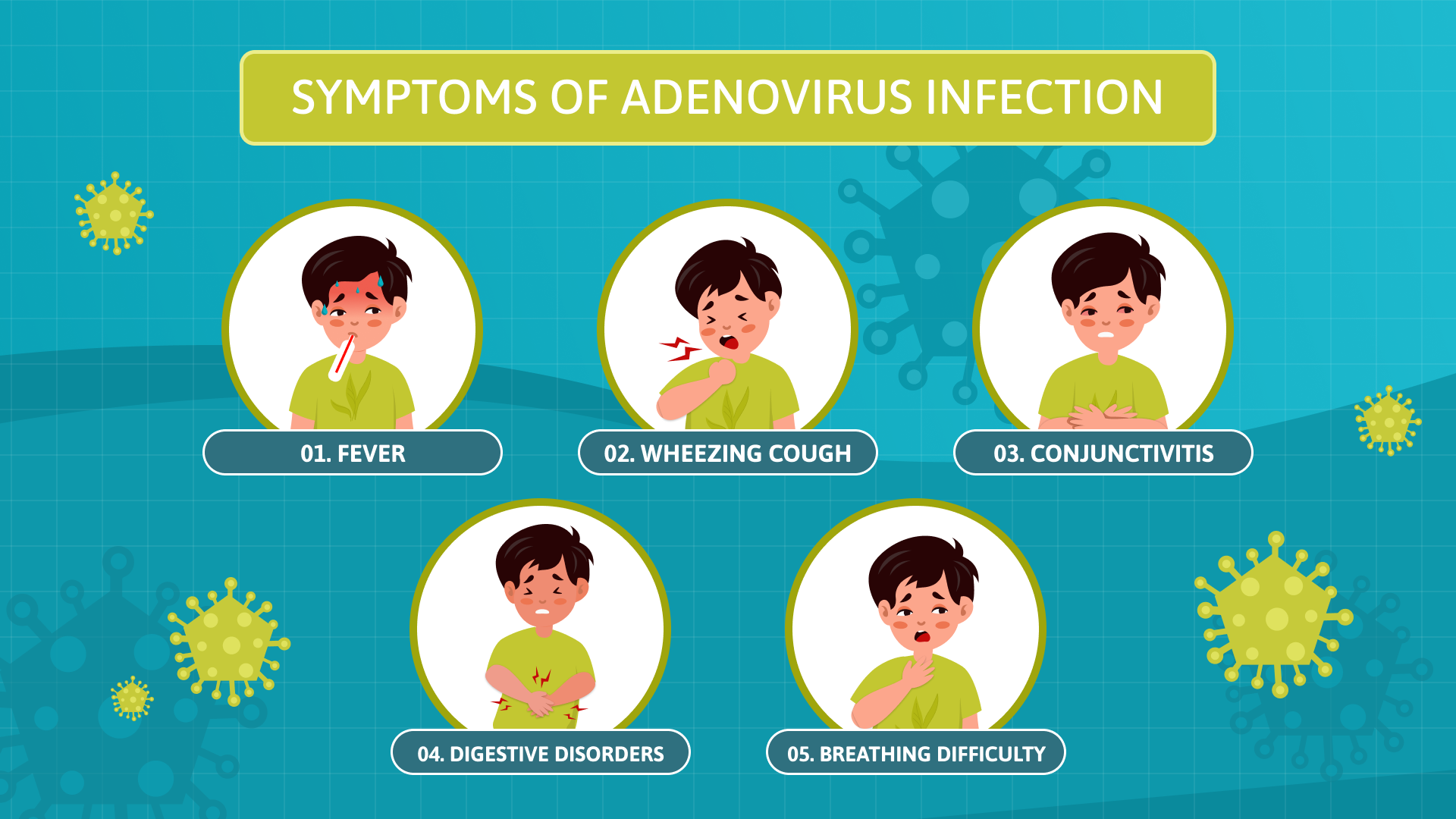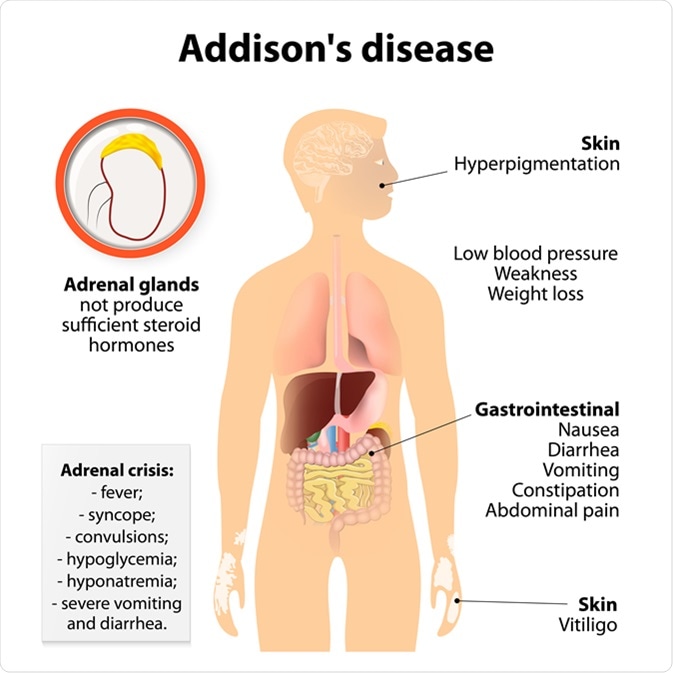Nursing Paper Example on Arteritis
Nursing Paper Example on Arteritis
Arteritis refers to a group of inflammatory conditions affecting the arterial walls, potentially leading to vascular complications like stenosis, occlusion, or aneurysm formation. These diseases are often autoimmune in nature, though infectious and idiopathic forms also exist. The most well-known types include giant cell arteritis and Takayasu arteritis. Early diagnosis and intervention are crucial to prevent complications such as ischemia and organ damage.

Causes of Arteritis
The causes of arteritis vary depending on the type, but common contributing factors include:
Autoimmune processes: Many forms, such as giant cell arteritis and Takayasu arteritis, are linked to dysregulated immune responses.
Infections: Some cases are caused by pathogens like hepatitis viruses, syphilis, or tuberculosis, which trigger vascular inflammation.
Genetic predisposition: Specific genetic markers, such as HLA alleles, are associated with an increased risk of developing arteritis.
Environmental factors: Smoking and certain infections may trigger or exacerbate inflammatory responses in susceptible individuals.
Understanding the underlying cause helps guide treatment strategies.
Signs and Symptoms
Arteritis manifests with variable symptoms depending on the arteries involved and the degree of inflammation.
Systemic symptoms: Fever, fatigue, weight loss, and malaise, reflective of systemic inflammation.
Localized symptoms: Pain and tenderness over affected arteries. Claudication, or muscle pain during use, especially in the limbs.
Neurological symptoms: Vision changes, headaches, or stroke in conditions like giant cell arteritis.
Cardiovascular symptoms: Hypertension or vascular bruits due to arterial narrowing.
Delayed recognition can lead to severe complications, including irreversible ischemia.
Etiology
The etiology of arteritis depends on the type and underlying triggers:
Immune-mediated arteritis: Giant cell arteritis and Takayasu arteritis are associated with immune system dysregulation targeting arterial walls.
Infectious arteritis: Caused by direct infection of arteries or immune-mediated reactions to pathogens like bacteria and viruses.
Idiopathic arteritis: Certain types, such as isolated aortitis, lack a known cause and are considered idiopathic.
The interplay between genetic, environmental, and immune factors often determines disease onset.
Pathophysiology
The pathological hallmark of arteritis is inflammation of arterial walls, which disrupts normal vascular function.
Inflammatory infiltration: Lymphocytes, macrophages, and multinucleated giant cells infiltrate the intima and media layers of arteries.
Granuloma formation: Seen in conditions like giant cell arteritis, granulomas obstruct blood flow.
Vascular remodeling: Chronic inflammation leads to intimal hyperplasia, fibrosis, and eventual luminal narrowing or occlusion.
Ischemic complications: Impaired blood flow results in tissue hypoxia and damage to organs such as the brain, eyes, or extremities.
These processes underscore the critical need for early therapeutic intervention to prevent irreversible damage.
DSM-5 Diagnosis
Arteritis is a physical medical condition and is not classified within the DSM-5, which is used for psychiatric diagnoses. However, the psychological impact of chronic arteritis, including anxiety or depression, may require attention in affected individuals.
Diagnosis
Diagnosing arteritis involves a combination of clinical evaluation, laboratory tests, and imaging studies:
Clinical features: Symptoms like temporal tenderness and jaw claudication in giant cell arteritis or limb claudication in Takayasu arteritis provide clues.
Laboratory findings: Elevated inflammatory markers, including erythrocyte sedimentation rate (ESR) and C-reactive protein (CRP).
Specific autoantibodies, such as anti-neutrophil cytoplasmic antibodies (ANCA), in related conditions.
Imaging studies: Ultrasound, magnetic resonance angiography (MRA), or computed tomography angiography (CTA) reveal vessel wall thickening and stenosis.
Biopsy: Temporal artery biopsy remains the gold standard for diagnosing giant cell arteritis, showing granulomatous inflammation.
Timely diagnosis is critical for preventing irreversible complications.
Treatment Regimens
Treatment focuses on suppressing inflammation and preventing complications.
Pharmacological therapy:
Corticosteroids: Prednisone is the first-line treatment for most types, rapidly reducing inflammation.
Immunosuppressive agents: Methotrexate or tocilizumab may be used for steroid-sparing purposes or refractory cases.
Antibiotics: Prescribed for infectious arteritis to target the causative pathogen.
Adjunctive therapies:
Aspirin: Low-dose aspirin reduces the risk of thrombosis in giant cell arteritis.
Antihypertensive medications: Used in cases with vascular complications to manage blood pressure.
Surgical intervention: Revascularization procedures or bypass surgery may be required for critical ischemia or aneurysms.
Monitoring and follow-up: Regular imaging and laboratory tests assess disease progression and treatment response.
Patient Education
Educating patients about arteritis enhances adherence to treatment and improves outcomes:
Awareness of symptoms: Teach patients to recognize warning signs like vision changes or claudication.
Medication adherence: Stress the importance of completing corticosteroid or immunosuppressive regimens to prevent relapses.
Lifestyle modifications: Advise smoking cessation and the adoption of an anti-inflammatory diet.
Psychological support: Address the mental health impact of living with a chronic inflammatory condition.
Empowering patients fosters better disease management and quality of life.
Additional Considerations
Complications: Blindness in giant cell arteritis, aortic aneurysms in Takayasu arteritis, and stroke are notable complications.
Prognosis: While early treatment improves outcomes, chronic cases may require long-term management.
Conclusion
Arteritis encompasses a diverse group of vascular inflammatory conditions with potentially severe consequences. The key to managing arteritis lies in early recognition, appropriate treatment with corticosteroids or immunosuppressive therapies, and ongoing patient education. Advances in imaging and molecular diagnostics continue to improve detection and understanding of these diseases. With timely intervention and proper care, the prognosis of arteritis can be significantly improved.
References
Hoffman, G. S., & Weyand, C. M. (2018). Inflammatory diseases of blood vessels. The New England Journal of Medicine, 378(6), 573-584.https://doi.org/10.1056/NEJMra1703366
Dejaco, C., et al. (2017). Management of giant cell arteritis and Takayasu arteritis: A systematic review. JAMA, 317(4), 478-488. https://doi.org/10.1001/jama.2016.20334
Berti, A., et al. (2020). Advances in the treatment of arteritis: From corticosteroids to biologics. Nature Reviews Rheumatology, 16(2), 107-119.https://doi.org/10.1038/s41584-020-0405-2
Mollan, S. P., et al. (2017). Giant cell arteritis: Diagnosis, management, and monitoring. Clinical Ophthalmology, 11, 401-414. https://doi.org/10.2147/OPTH.S122794


